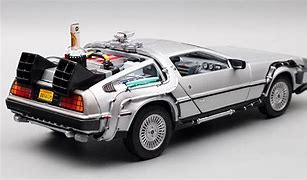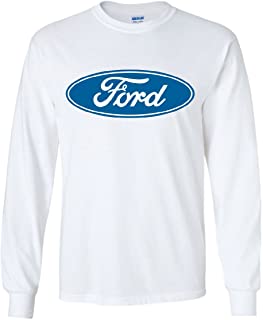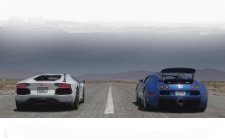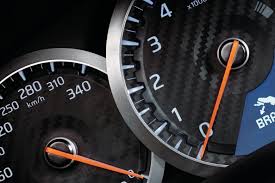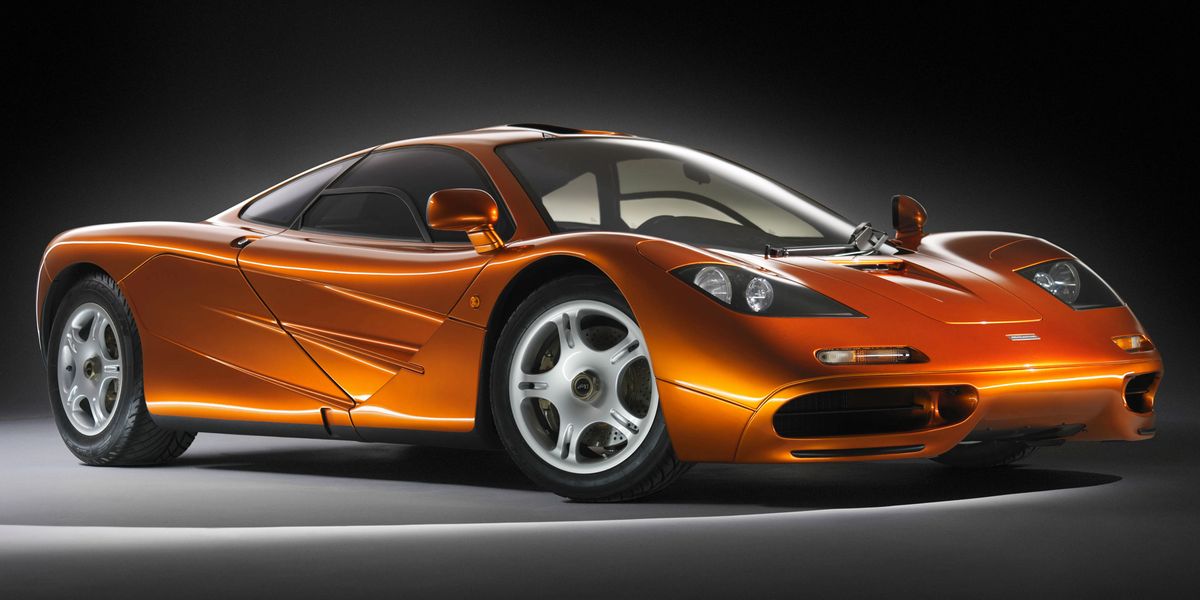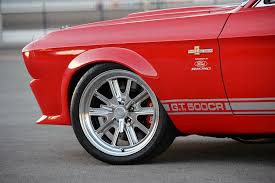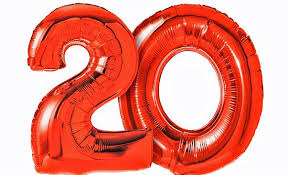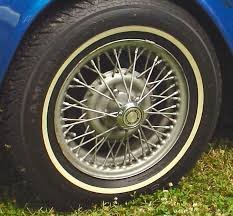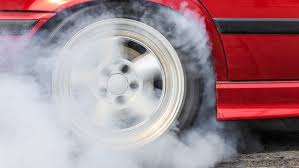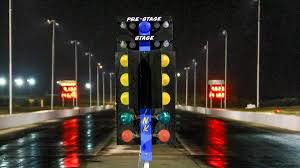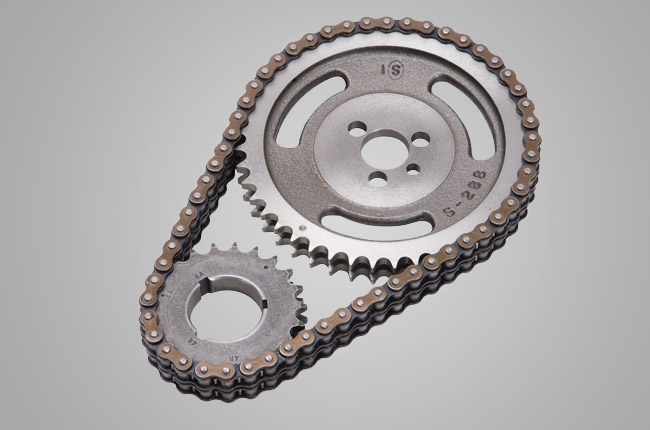Car Review, Figures and Specs for the Chevrolet Corvette C2 Stingray 427 425hp - [1966]
Chevrolet Corvette Stingray C2 7.0 V8 - 1962 On
Corvette Sting Ray – Like a Mako Shark.
The Chevrolet Corvette (C2-Second Generation), also known as the Corvette Sting Ray, was produced between 1962 through to 1967. Design inspiration for the Sting Ray reportedly came from the Jaguar E-Type, one of which designer Billy Mitchell owned and a Mako shark which he caught while deep-sea fishing. When released in 1962 the press praised its improved handling, grip performance not to mention the unique styling. For the first time in the Corvette's history, wind tunnel testing helped refine the C2’s unique shape. The Fibre-glass shell of the C1 was kept but the Sting Ray’s steel structure was strengthened upon. The subsequent extra weight was balanced through a reduction in fiberglass thickness, resulting in a lighter car than previous. Passenger room was as good as before despite the tighter wheelbase, and the reinforcing steel girder made the cockpit both stronger and safer.
![Chevrolet Corvette C2 Stingray 427 425hp - [1966] image Chevrolet Corvette C2 Stingray 427 425hp - [1966] image](/editionimages/690.jpg)
Chevrolet Corvette C2 Stingray 427 425hp - [1966]
Fat Loss and Re-Distribution Improvements.
Though not as obvious as the car's radical styling, the new chassis was just as important to the Sting Ray's success. Responsiveness was improved thanks to the faster "Ball-Race" steering, shorter wheelbase and weight loss on the front wheels. The changed weight distribution with an additional 80 pounds to the rear wheels offered improved traction and 0-60mph times. Stopping power improved, too. Four-wheel cast-iron 11-inch drum brakes remained standard but were now wider. Engines were carried over from the previous generation, comprising four small block 327 V8s, three transmissions, and six axle ratios. Carbureted engines came in 250, 300, and 340-horsepower versions. The 300-bhp engine produced its extra power via a larger four-barrel carburetor, plus larger intake valves and exhaust manifold. Again topping the performance chart was a 360-bhp fuel-injected V8.
![Chevrolet Corvette C2 Stingray 427 425hp - [1966] image Chevrolet Corvette C2 Stingray 427 425hp - [1966] image](/editionimages/../editionimages/690-2.jpg)
Chevrolet Corvette C2 Stingray 427 425hp - [1966]
Model Year Variants including the 7.0L ‘Big Block’ V8
The 1963 Corvette Sting Ray not only had a new design, but also newfound handling prowess. The Sting Ray was lighter, so acceleration improved despite unchanged horsepower. All 1963 cars had 327ci engines, which made 250 hp (186 kW) standard, with optional variants that made 300 hp (224 kW), 340 hp (254 kW) and 360 hp (268 kW). The most powerful engine was the Rochester fuel injected 327cid V8, which made 360 hp (272 kW). New for the 1963 model year was an optional electronic ignition. The ‘64 Chevrolet made changes such as the coupe's backbone window, the two simulated air intakes were eliminated from the hood, though their indentations remained. Also, the decorative air-exhaust vent on the coupe's left-side rear pillar was made functional. Four-wheel disc brakes were introduced in 1965 and so too was the 396ci (6.5L) big-block V-8, which kicked out 425 hp (317 kW). For the ‘66 Corvette, the big-block V-8 came in two forms: 390 bhp and 425 bhp. Whilst it had no more horsepower than the previous high-compression 396, the 427ci (7 L), 430 hp (321 kW) V8 packed a lot more torque - 460 lb/ft vs. 415. Not forgetting that notoriously in the 1960’s engine outputs were sometimes deliberately understated.
Summary
 One of the Classiest V8's ever.
One of the Classiest V8's ever.
 Getting More Expensive.
Getting More Expensive.
More Chevrolet Corvette C2 Stingray 427 425hp - [1966] Figure and Specs
More Car Reviews



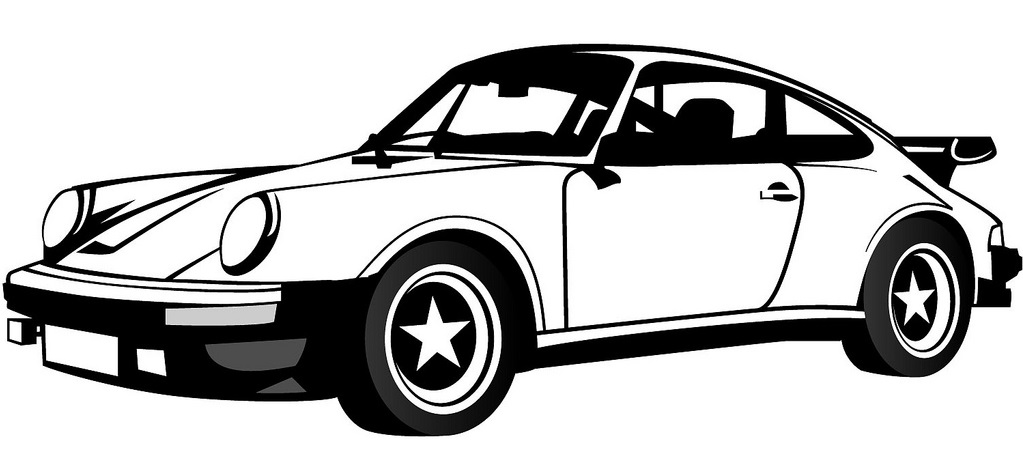
![Chevrolet Corvette C2 Stingray 427 425hp - [1966] image Chevrolet Corvette C2 Stingray 427 425hp - [1966] image](/editionimages/690.jpg)
![Chevrolet Corvette C2 Stingray 427 425hp - [1966] image Chevrolet Corvette C2 Stingray 427 425hp - [1966] image](/editionimages/../editionimages/690-2.jpg)
 One of the Classiest V8's ever.
One of the Classiest V8's ever.